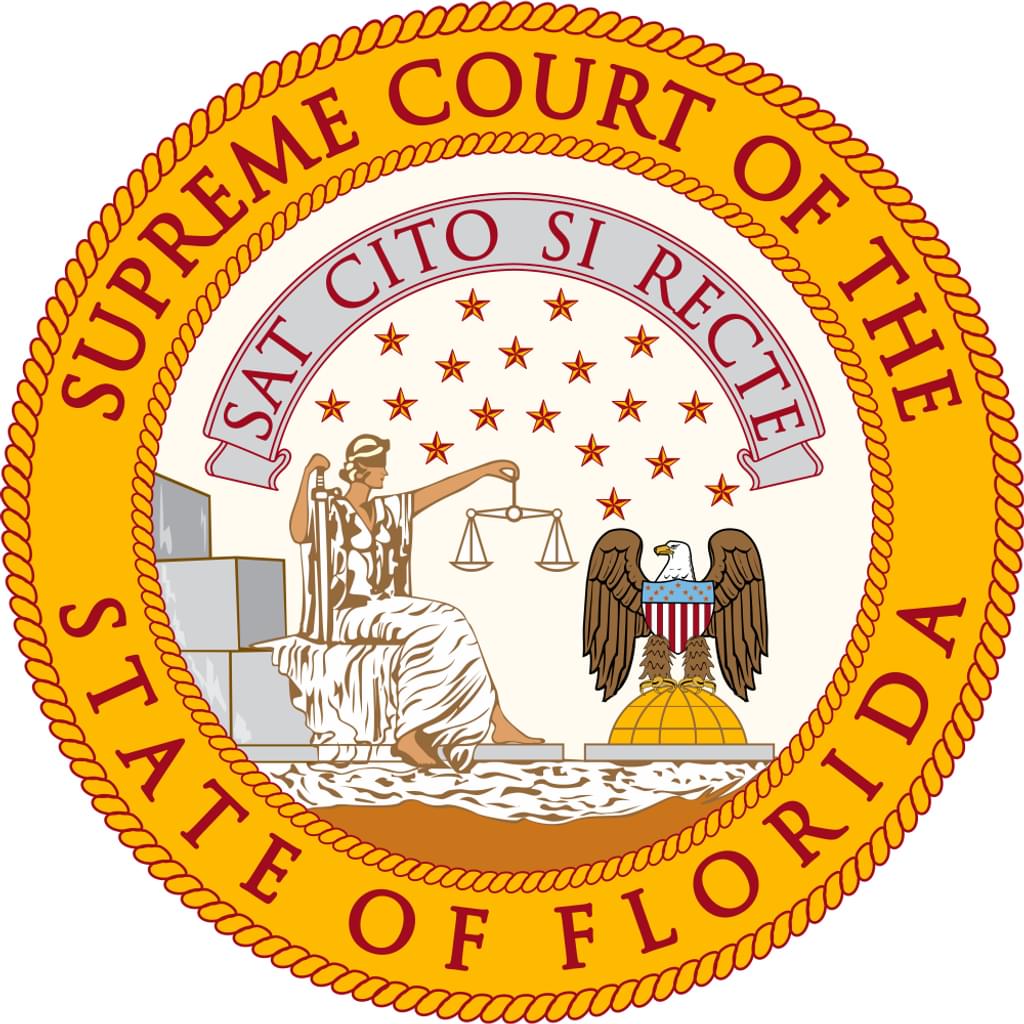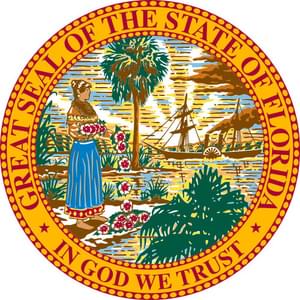
More than 200 Florida death row prisoners may have their death sentences overturned, while more than 150 others who may have been unconstitutionally sentenced to death will not, as a result of two lengthy opinions issued by the Florida Supreme Court on December 22. The rulings in the cases of Asay v. State and Mosley v. State would entitle death row prisoners whose unconstitutional death sentences became “final” in or after 2002 to have their death sentences vacated in light of the decisions of the U.S. and Florida Supreme Courts in Hurst v. Florida and Hurst v. State earlier in 2016, but would deny that relief to death row prisoners whose sentences had the same constitutional infirmity but had become final prior to 2002. In the case of Mark James Asay, the court recognized that Asay had been condemned under sentencing procedures that both it and the U.S. Supreme Court had found to be unconstitutional. It nevertheless held that he was not entitled to resentencing because he had completed the direct appeal process before the U.S. Supreme Court issued a decision in Ring v. Arizona requiring that “a jury, not a judge, [must] find each fact necessary to impose a sentence of death.” Even after the Ring decision, Florida courts continued to allow judges to find the facts necessary to sentence defendants to death; a jury would only recommend a sentence. In Asay’s case, a jury recommended death by a 9-3 vote. Because his sentence was imposed in 1991 and became final before Ring, Asay was denied relief and the court lifted his stay of execution. In a second case, the Florida Supreme Court granted a new sentencing hearing to John Franklin Mosley—who was sentenced to death when the trial judge overrode the jury’s 8-4 recommendation of a life sentence—because he was sentenced to death after Ring. In so holding, the court explained that “defendants who were sentenced to death based on a statute that was actually rendered unconstitutional by Ring should not be penalized for the United States Supreme Court’s delay in explicitly making this determination.” The court limited its holding, however, only to those cases in which the constitutional violation was harmless. In order to be harmless, the court said “it must be clear beyond a reasonable doubt that a rational jury would have unanimously found all facts necessary to impose death and that death was the appropriate sentence.”
Justice Pariente dissented from the court’s opinion in Asay, saing she would have afforded the constitutional protections announced in Hurst to all prisoners facing a death sentence. She explained that “[a]pplying decisions of fundamental constitutional significance retroactively to defendants in similar circumstances is essential to ‘ensuring fairness and uniformity in individual adjudications’” and to prevent arbitrary administration of capital punishment. Justice Perry also dissented, writing that the majority decision “creates an arbitrary application of law to two groups of similarly situated persons.” In doing so, he also questioned the constitutionality of the death penalty as a whole, stating: “I no longer believe that there is a method of which the State can avail itself to impose the death penalty in a constitutional manner.”
(M. Auslen and K. Clark, “Death penalty cases finalized before 2002 will stand,” Miami Herald, December 22, 2016; R. Stutzman and G. Tziperman Lotan, “Florida Supreme Court: More than 200 death row inmates were given unconstitutional death sentences,” Orlando Sentinel, December 22, 2016.) Read the opinion in Asay v. State; read the opinion in Mosley v. State.
Florida
Dec 18, 2023

Florida Prosecutors Seek First Death Sentence Under New Child Sex Abuse Law
Arbitrariness
Dec 14, 2023



